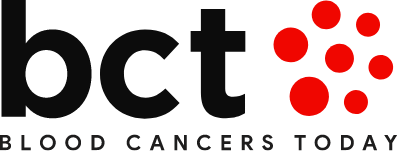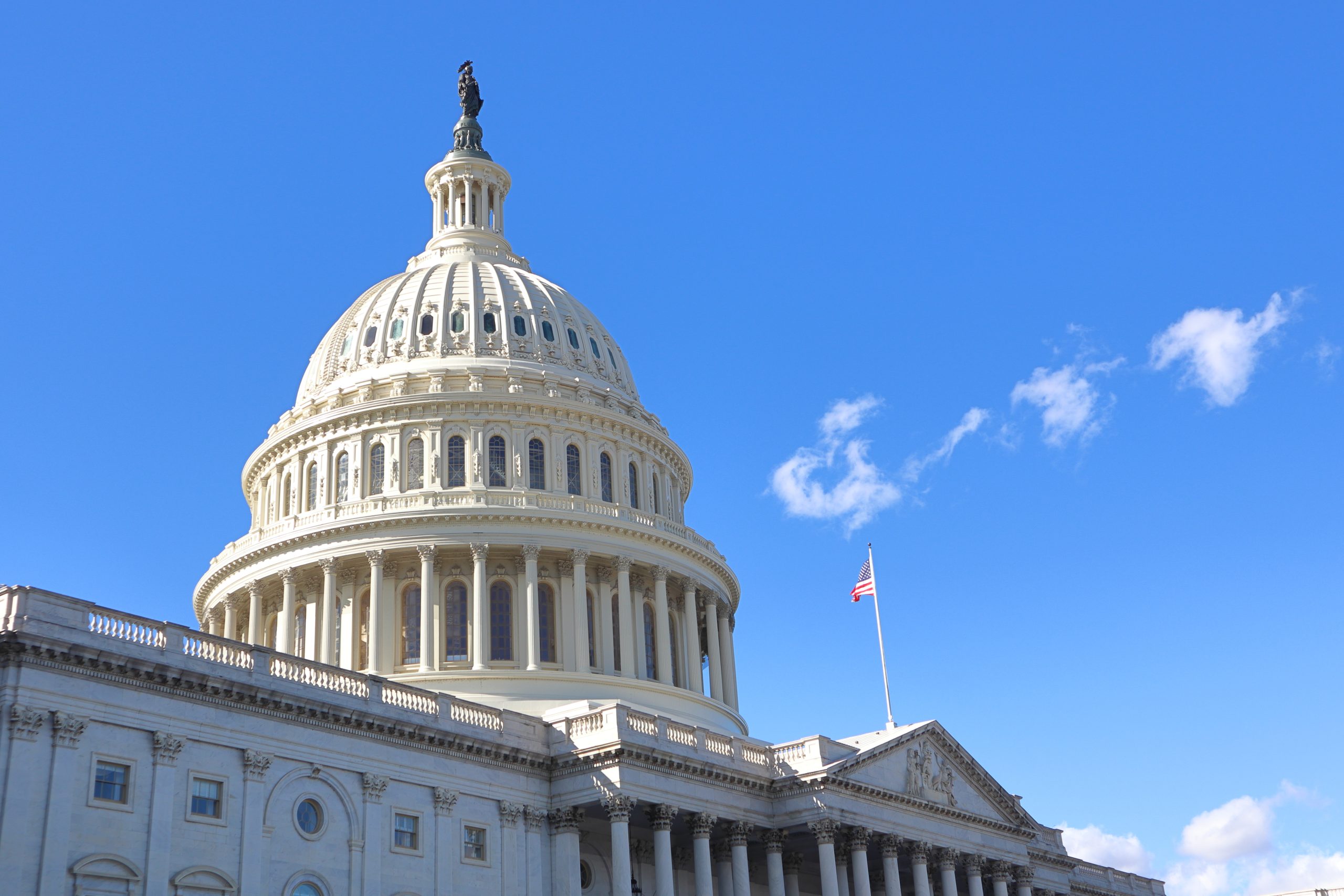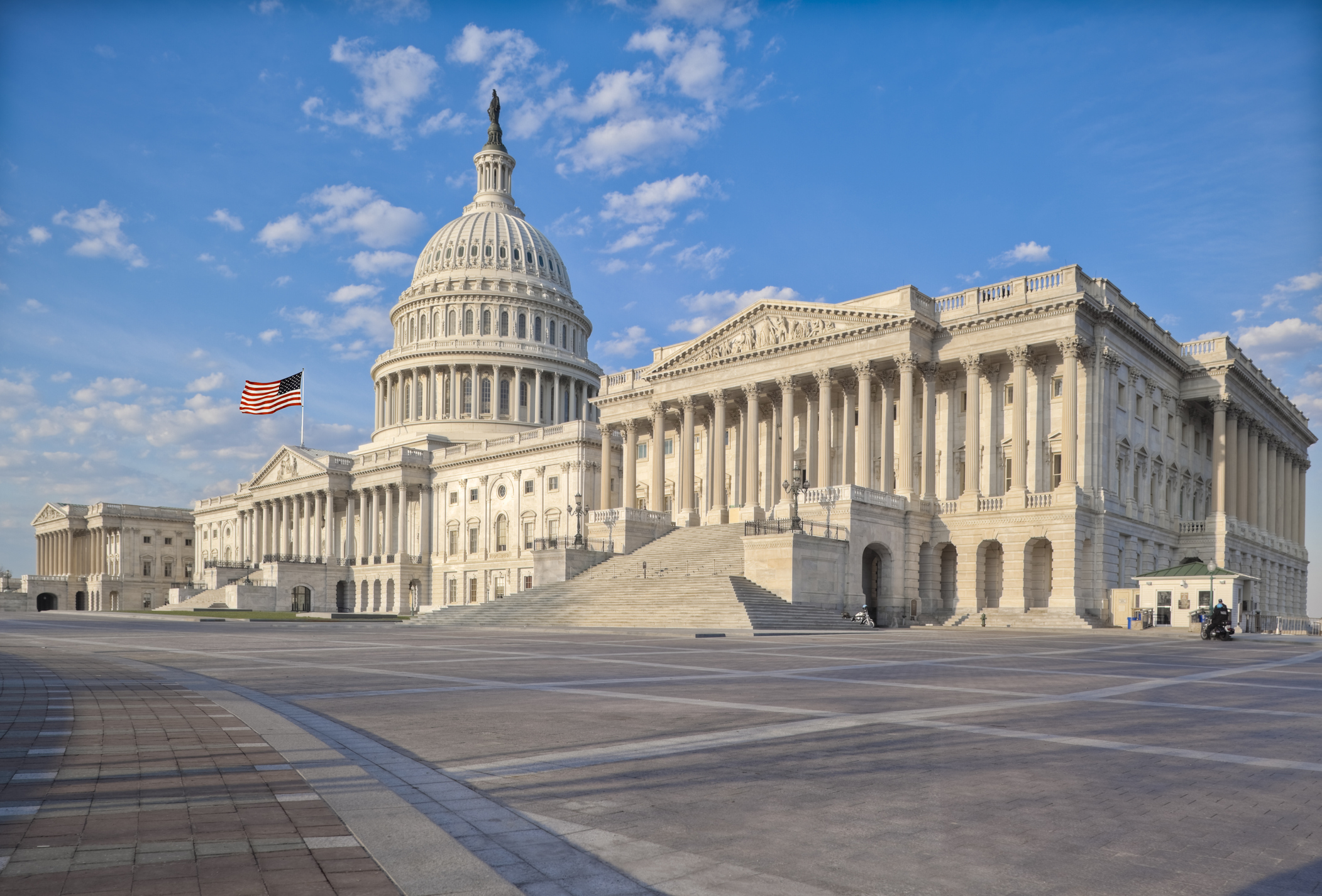
The outcomes of patients with relapsed or refractory CRLF2-rearranged B-cell acute lymphoblastic leukemia (B-ALL) “remain dismal with conventional chemotherapy but appear to improve with incorporation of novel targeted therapies,” according to a recent study.
Sai Prasad Desikan, MD, of the University of Texas MD Anderson Cancer Center and colleagues conducted the study and published their findings in the American Journal of Hematology.
The researchers retrospectively analyzed treatment outcomes of 69 patients with relapsed or refractory CRLF2-rearranged B-ALL who received treatment at MD Anderson Cancer Center between November 2001 and March 2021. The median age at presentation was 36 years, with a median of one prior line of therapy. Most patients (74%) received only chemotherapy before study entry and 13% had previously received allogeneic hematopoietic stem cell transplantation (HSCT).
The researchers divided patients into two cohorts based on their first salvage therapy at the MD Anderson Cancer Center. The targeted therapy cohort included 28 patients who received inotuzumab ozogamicin, blinatumomab, or chimeric antigen receptor (CAR) T-cell therapy with or without a chemotherapy backbone. The conventional chemotherapy cohort included the remaining 41 patients.
Evaluating Patient Outcomes with Conventional Chemotherapy, Targeted Therapy
The complete remission (CR) and CR with incomplete count recovery (CRi) rate was 43% for the entire group of patients, while it was 54% for the targeted therapy cohort and 37% for the conventional chemotherapy cohort (P=.21). The median number of cycles to response was one (range, one to three) in the entire cohort. Of the responding patients who were evaluated for measurable residual disease (MRD), 80% were MRD negative in the targeted therapy cohort, while 85% were MRD negative in the conventional chemotherapy cohort.
The median overall survival (OS) was 9.2 months in the entire cohort with a median follow-up of 46 months from study entry. The median OS was 24.4 months in the patients who responded. The median OS for the patients receiving targeted therapy was 11.8 months, while it was 5.8 months for the patients receiving conventional chemotherapy (P log rank =.11). The one-year OS rate was 67% for the 21 patients who underwent allogeneic HSCT at a median of 3.4 months after study entry.
The researchers further analyzed survival outcomes based on the JAK2 mutation status. They found that the median OS was 5.8 months in patients who had mutated JAK2 and was 10.5 months in those with wild-type JAK2.
“In summary, outcomes of adult patients with [relapsed] CRLF2-rearranged B-ALL remain dismal with conventional chemotherapy but appear to improve with incorporation of novel targeted therapies,” the researchers concluded. “[Allogeneic HSCT] in remission remains important and a subset of patients can achieve durable remission post [allogeneic HSCT]. Larger prospective studies are needed to understand the optimal therapeutic regimen for these patients.”
Reference
Desikan SP, Senapati J, Jabbour E, et al. Outcomes of adult patients with relapsed/refractory CRLF2 rearranged B‐cell acute lymphoblastic leukemia. Am J Hematol. 2023;98(6). doi:10.1002/ajh.26907






 © 2025 Mashup Media, LLC, a Formedics Property. All Rights Reserved.
© 2025 Mashup Media, LLC, a Formedics Property. All Rights Reserved.